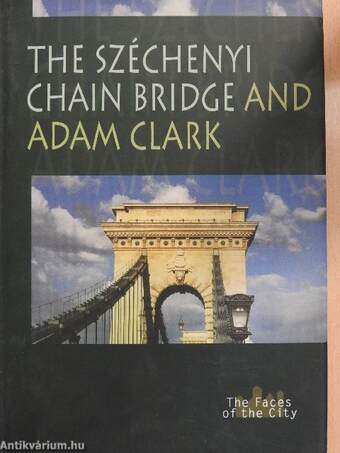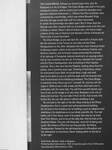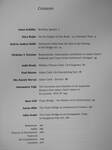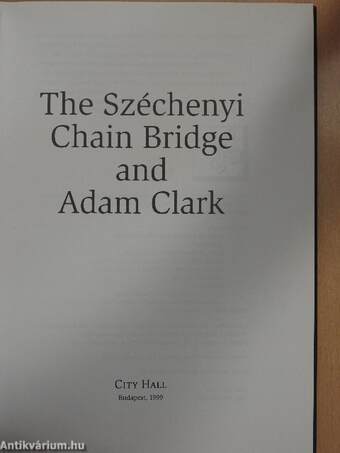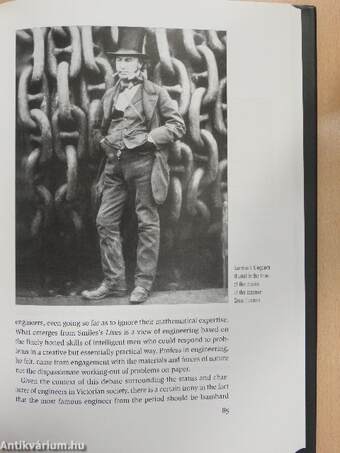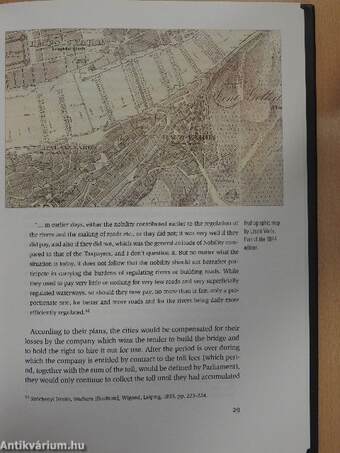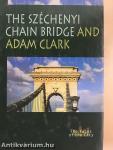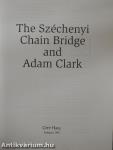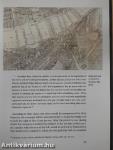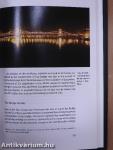1.067.308
kiadvánnyal nyújtjuk Magyarország legnagyobb antikvár könyv-kínálatát

VISSZA
A TETEJÉRE
JAVASLATOKÉszre-
vételek
The Széchenyi Chain Bridge and Adam Clark
| Kiadó: | City Hall |
|---|---|
| Kiadás helye: | Budapest |
| Kiadás éve: | |
| Kötés típusa: | Vászon |
| Oldalszám: | 206 oldal |
| Sorozatcím: | The Faces of the City |
| Kötetszám: | |
| Nyelv: | Angol |
| Méret: | 24 cm x 17 cm |
| ISBN: | 963-8376-91-0 |
| Megjegyzés: | Fekete-fehér és színes fotókkal, illusztrációkkal. További kapcsolódó személyek a könyvben. |
naponta értesítjük a beérkező friss
kiadványokról
naponta értesítjük a beérkező friss
kiadványokról
Fülszöveg
THE CHAIN BRIDGE. Perhaps we should begin here, dear Sir. Budapest is a city of bridges. The Chain Bridge was built in the early nineteenth century, and its construction lasted for decades amid genuine collective enthusiasm. [ ] Before that Pest and Buda were connected by a boat-bridge, which was where Benedek Virág, the holy old sage would walk with his ardent associates. In winter the boat-bridge was taken apart. But in those days the Danube was often covered with ice and people could cross the river to Buda on skates. When it did not freeze over, one had to make a detour all the way to Vienna if one fancied a dinner at Krisztina tér. That is how it must have been.
The Chain Bridge, as you see dear Sir, was built in Empire style like the entrance to the Tunnel on one side and the Police Headquarters on the other. Budapest has two main historical strata: its Baroque aspect, which is the soul of the primary Catholic and German citizenry, and its Empire visage preserving the... Tovább
Fülszöveg
THE CHAIN BRIDGE. Perhaps we should begin here, dear Sir. Budapest is a city of bridges. The Chain Bridge was built in the early nineteenth century, and its construction lasted for decades amid genuine collective enthusiasm. [ ] Before that Pest and Buda were connected by a boat-bridge, which was where Benedek Virág, the holy old sage would walk with his ardent associates. In winter the boat-bridge was taken apart. But in those days the Danube was often covered with ice and people could cross the river to Buda on skates. When it did not freeze over, one had to make a detour all the way to Vienna if one fancied a dinner at Krisztina tér. That is how it must have been.
The Chain Bridge, as you see dear Sir, was built in Empire style like the entrance to the Tunnel on one side and the Police Headquarters on the other. Budapest has two main historical strata: its Baroque aspect, which is the soul of the primary Catholic and German citizenry, and its Empire visage preserving the memory of an upsurge of Hungarian national sentiment, an upsurge which has by now vanished into thin air. It is here, between the Tunnel and the Police Headquarters, that something of that impetus survives. This is the view that the Palatine, looking down from his palace, saw a hundred years ago. Thinking of Széchenyi, whom he nicknamed Count Stefi, he would draw a sigh and walk back to his desk to carry on with his work with the tenacity that had characterized all his Habsburg forebears. The Chain Bridge is extremely long. Have a go on it yourself, Sir, and you will not regret it. Walk across it with a lady and then walk back over it, preferably with the same lady. You will find yourself declare your love to her, as the bridge is so very long. Budapest is the city of deep and true love. You can take it from me Sir, that no-one who knows this city can talk about it without shedding a tear.
Do not look to the right or the left. Keep looking at the Police Headquarters; that is a quiet and well-proportioned building. Do not look at the Academy for its building is just as indignant and relentless in its stateliness as is our whole scientific life. You had better call it Your Grace, even if its proper title may be no more than Your Honour, just to be on the safe side. And do look at the Gresham Palace. The poor old thing was once full of daring and youth. We citizens of Pest live our lives just like the Police Headquarters, flanked by the self-importance of officialdom and the ostentation of commerce. Never looking either to the left or to the right.
Antal Szerb, Martians' Guide to Budapest.
Printed by David Löbl and Son, 1935. A facsimile reprint of the 1935-volume was reissued by Officina Nova in 1991. Vissza
Témakörök
- Idegennyelv > Idegennyelvű könyvek > Angol > Művészetek > Építészet
- Idegennyelv > Idegennyelvű könyvek > Angol > Helytörténet
- Helytörténet > Magyarország > Városok > Budapest
- Helytörténet > Helyismeret > Várak, építmények
- Művészetek > Építészet > Korszakok, stílusok > XIX. század
- Művészetek > Építészet > Kontinensek szerint > Európa > Magyar > Budapest
- Művészetek > Építészet > Idegen nyelv > Angol
- Művészetek > Építészet > Épületek > Ipari > Hidak
- Művészetek > Építészet > Budapest építészete > Egyéb



